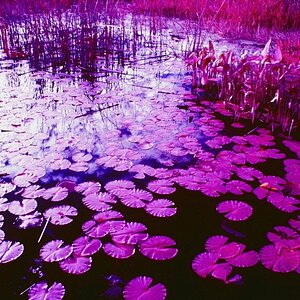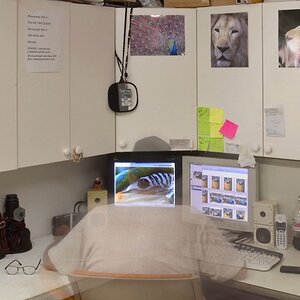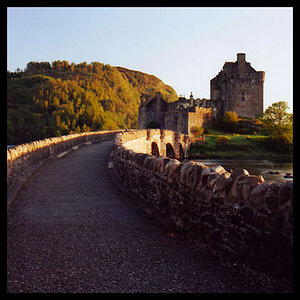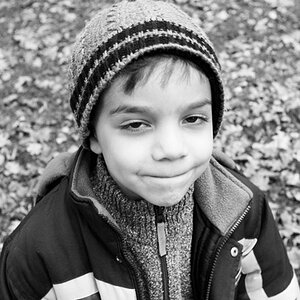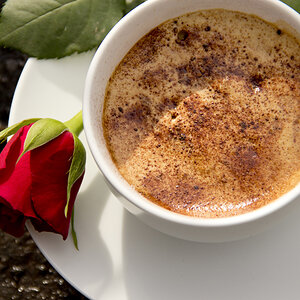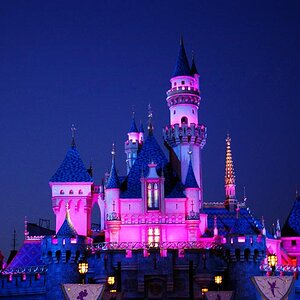Mike_E
No longer a newbie, moving up!
- Joined
- Jan 26, 2007
- Messages
- 5,327
- Reaction score
- 266
- Can others edit my Photos
- Photos OK to edit
Ahem, Maybe the fact that Nikon doesn't have a lens comparable to the Canon f4Ls in a normal focal length (<120mm) is hanging some people up?
Evidently Nikon feels that if you're going to spend the money any way they'll go ahead and give you the best. But for this discussion I think that the original post was about like quality with dissimilar max apertures.
In any case, I suggest that you all relax and enjoy the coming technology.
It has always been and will always be about the photographer- not the camera.
Evidently Nikon feels that if you're going to spend the money any way they'll go ahead and give you the best. But for this discussion I think that the original post was about like quality with dissimilar max apertures.
In any case, I suggest that you all relax and enjoy the coming technology.
It has always been and will always be about the photographer- not the camera.


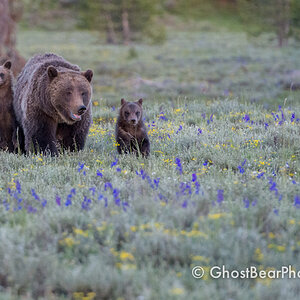
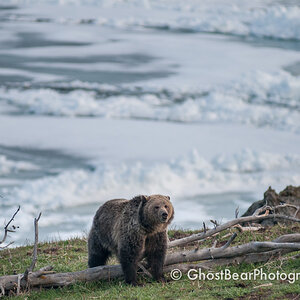
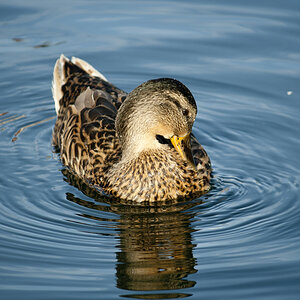
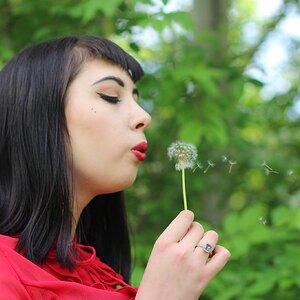
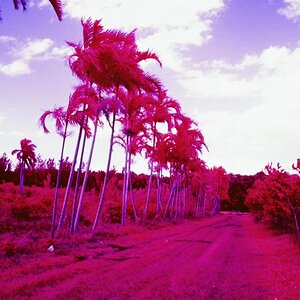
![[No title]](/data/xfmg/thumbnail/39/39470-ad2036a502fde3b73f73e2b45e674866.jpg?1619739042)
